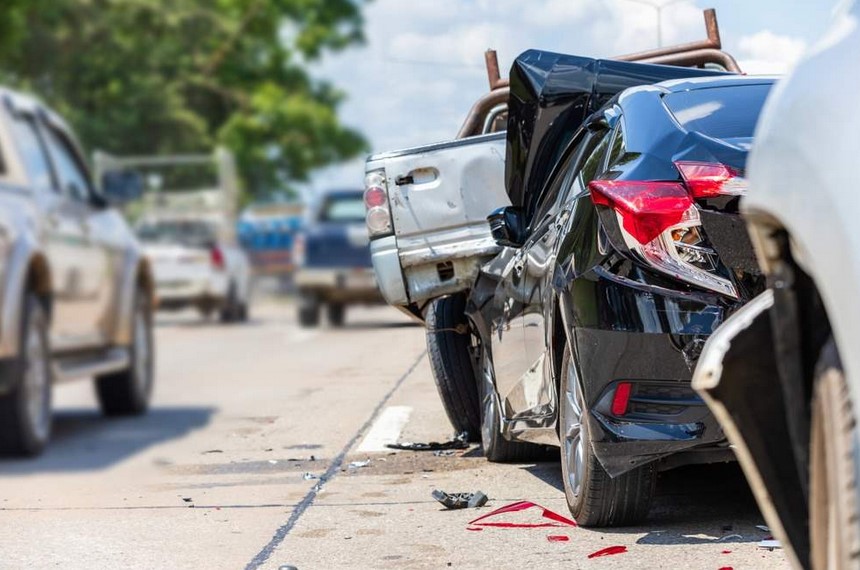
Statistics show that rear-end accidents are one of the most common types of car accidents globally. Although these incidents are common and often considered to be fender benders with minor damages, rear-end collisions can still cause harm to drivers and passengers in the vehicles. Rear-end crashes can also cause severe damage and injuries to motorcyclists and pedestrians as well.
Here are some of the common causes of rear-ended collisions.
Distracted Driving
Distracted driving is a major cause of accidents, both on the road and in the workplace. While most people know that texting and driving, eating a big meal while driving, or fiddling with the radio can be distracting, other types of distractions can also cause accidents.
A busy schedule may leave you feeling stressed out and anxious about getting everything done. This stress might lead you to take your eyes off of the road for just a moment, which could result in an accident if you are not paying attention to what’s going on around you at all times.
Following Too Closely (Tail Gating)
Tailgating is one of the most common causes of rear-end collisions, but it can easily be avoided. Tailgating is a dangerous practice that causes many crashes and injuries every year. If you’re driving too closely to the vehicle in front of you, you risk being unable to stop if they brake suddenly.
Therefore, it’s important for drivers who are following closely behind another car to leave enough space between themselves and their target.
Driving Under the Influence of Alcohol or Drugs
If you’ve been drinking, it’s best not to drive. Drunk driving can cause accidents, injuries, and even death. Driving while intoxicated is a leading cause of death in the United States, Australia, and Canada, where it is declared illegal. Rear-end collisions are likely to happen if you drink and drive.
Speeding
Speeding is one of the most common causes of rear-end collisions. This is because when you’re going fast, it’s harder to stop or slow down quickly enough to avoid a collision. When you’re traveling at high speeds, it’s difficult for drivers to change lanes and adjust their speed in time if someone else breaks sharply in front of them. Speeding also increases the severity of a collision; higher speeds mean more energy transfers between vehicles involved in an accident, which can cause serious damage or even death if the impact is severe enough.
Aggressive Driving
Aggressive driving is a major cause of rear-ended collisions. This type of aggressive driving is often referred to as road rage or impatient driving, and it involves drivers who exhibit aggressive behavior behind the wheel. Examples of such behavior include speeding up in front of other vehicles, braking suddenly without warning, and honking at other drivers for being in the way or for simply not going fast enough for your taste.
Conclusion
Rear-end collisions are among the leading causes of death worldwide. The common causes include; aggressive driving, speeding, distracted driving, tailgating, and driving under the influence of alcohol and drugs.






